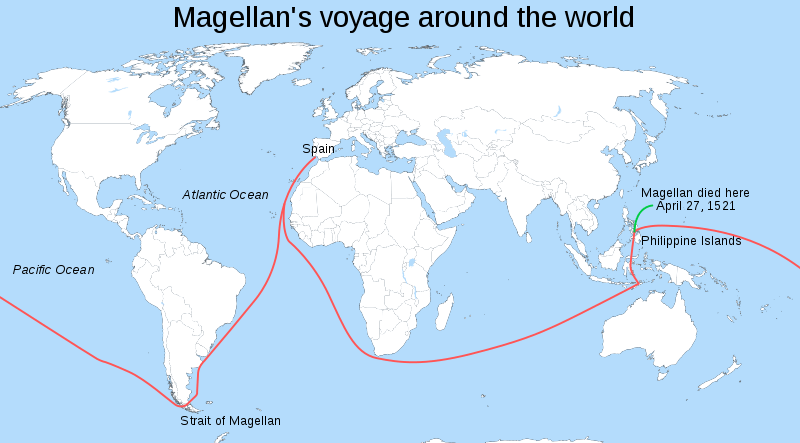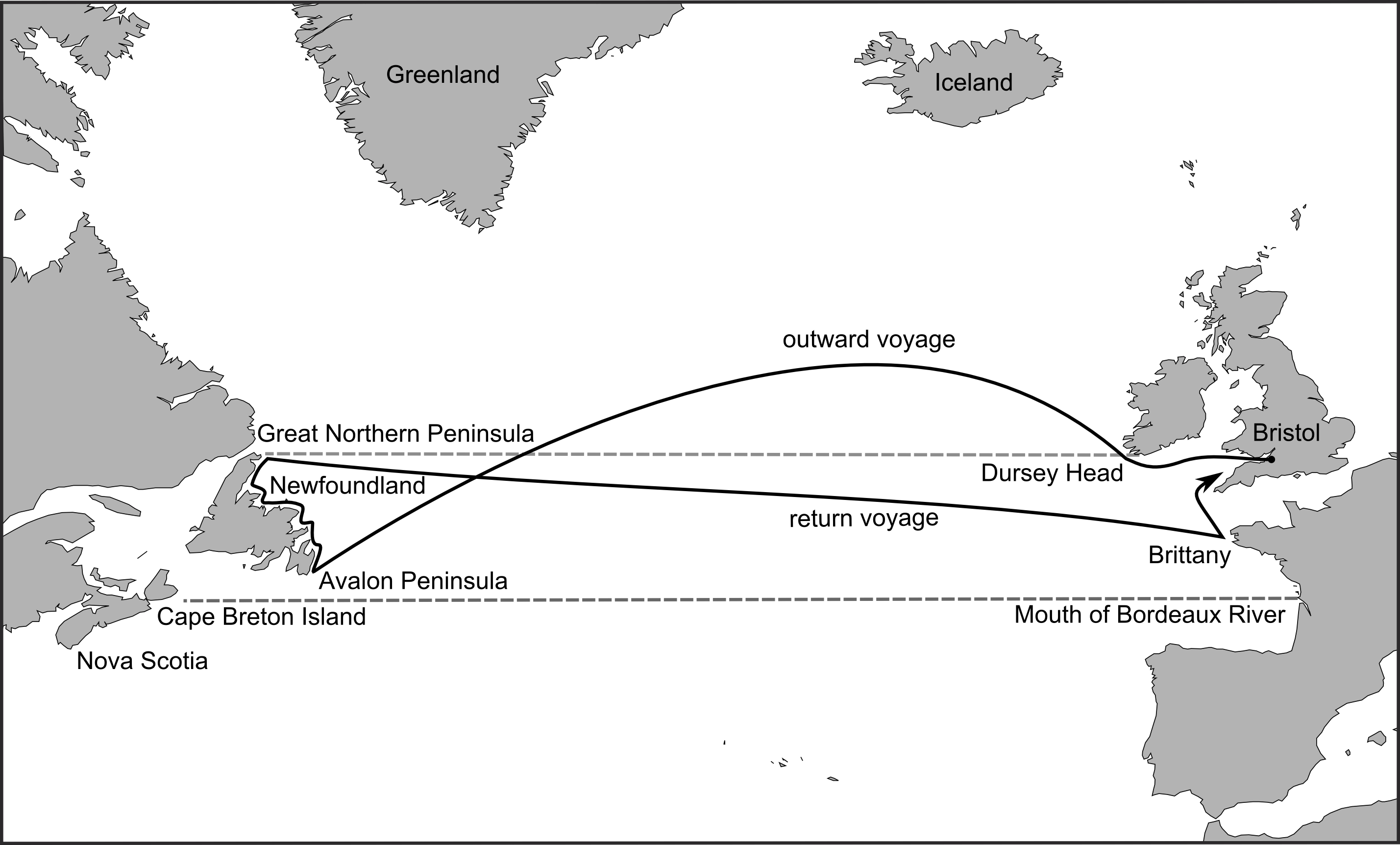Activity 1: Narrate the Chapter
- Narrate the chapter events aloud in your own words.
Activity 2: Study the Chapter Picture of Magellan
- Study the picture, 'Ferdinand Magellan' by Anonymous and describe how it relates to chapter.
- Note the Latin writing at the top: 'Ferdinan[dus] Magellanus superatis antarctici freti angustiis clariss.'
- The writing roughly translates into 'Ferdinand Magellan, you overcame the famous, narrow, southern straits.'
Activity 3: Trace Magellan's Voyage
Ferdinand Magellan organized the voyage which ultimately circumnavigated the Earth.
Magellan died in the Philippine islands before the end of the voyage, which was completed by Juan Sebastián Elcano.
Study the map of the first voyage around the world.
Study the map and trace his path:
- Start in Spain
- Sail along Africa's West Coast
- Cross the Atlantic Ocean
- Sail along South America's East Coast
- Round the Strait of Magellan
- Cross the Pacific Ocean
- Arrive in the Philippine Islands
- Place of Magellan's Death
- Voyage Continues Past Indonesia and Through the Indian Ocean
- Sail Around the Southern Part of Africa
- Sail Along Africa's West Coast
- Arrive Back in Spain
Activity 4: Study the Chapter Picture of Cabot
- Study the chapter picture, 'Painting of John Cabot,' by Giustino Menescardi and describe how it relates to the story.
- What spherical object does John Cabot lean against?
- Which ocean is labeled on the map in the background?
- Which countries are labeled on the map in the background?
- What 'floats' in the lower left-hand side of the painting?
Activity 5: Trace Cabot's Voyage
Trace the voyage (solid line) of Cabot to and from the new world.
- In which country did the voyage start?
- In which country did Cabot and his crew stop on his way back to Europe?
- Which ocean did the voyage cross?
- In which country did the voyage end?
Activity 6: Complete Copywork, Narration, Dictation, and Mapwork

- Click the crayon above. Complete pages 6-7 of 'American History Copywork, Narration, Dictation, and Mapwork for Fourth Grade.'
 A History of the United States and its People
A History of the United States
A History of the United States and its People
A History of the United States

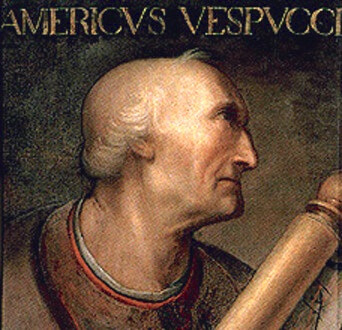
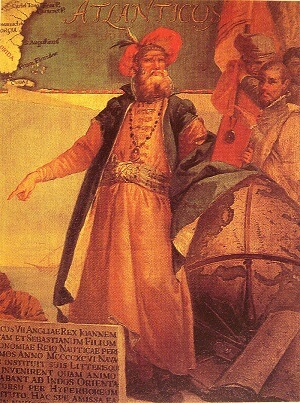
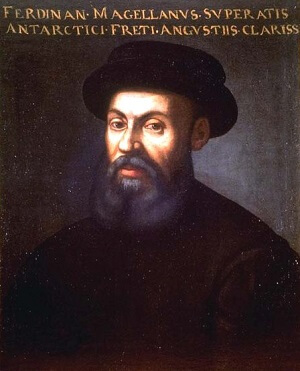
 A History of the United States and its People
A History of the United States
A History of the United States and its People
A History of the United States


